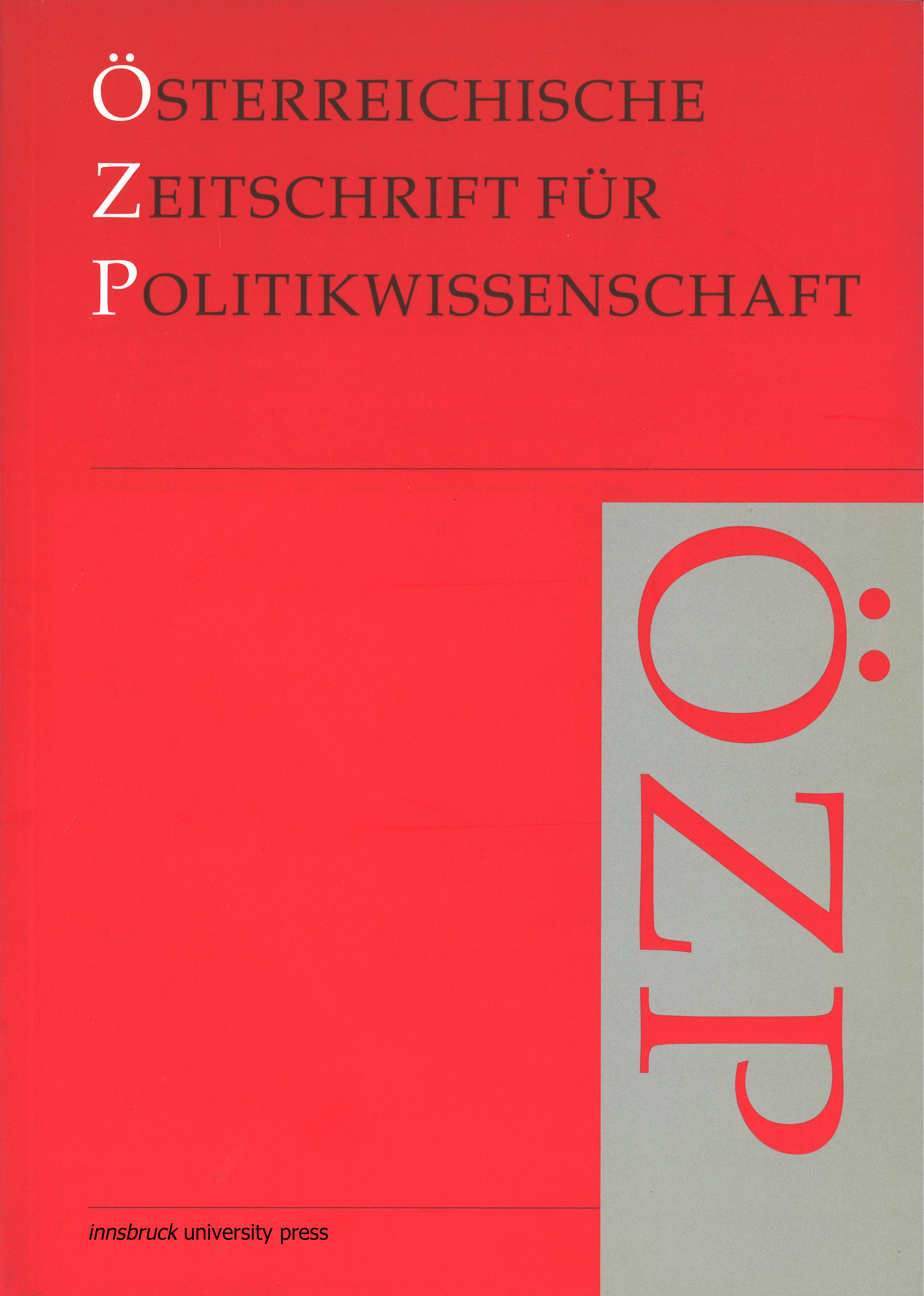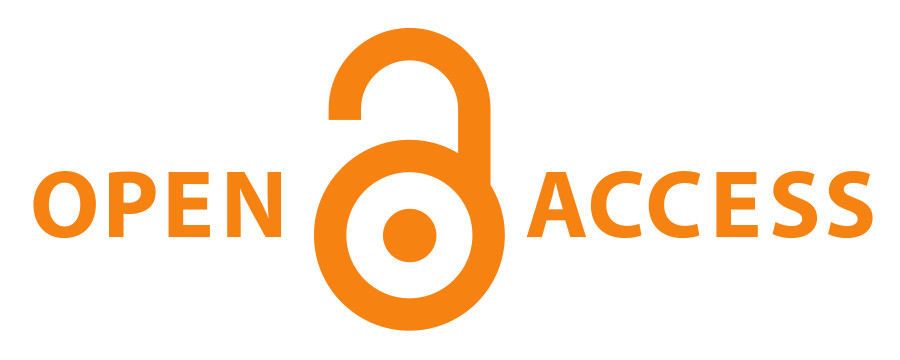Links oder rechts oder ganz woanders? Zur Konstruktion der politischen Landschaft
DOI:
https://doi.org/10.15203/ozp.860.vol33iss2Keywords:
Links, Rechts, Parteiensystem, Links-Rechts-Schema, NetzwerktheorieAbstract
Politische Akteure verorten sich seit der französischen Revolution mit Hilfe der Unterscheidung zwischen „links“ und „rechts“. Allerdings platzieren sie sich zunehmend in der „Mitte“ oder gleich „jenseits von links und rechts“. Sind die beiden Kategorien damit überflüssig geworden? Oder behindern sie sogar eine neue Sicht auf die politische Landschaft? Der Beitrag diskutiert zunächst die Funktion des Links- Rechts-Schemas als Orientierungshilfe für politische Akteure und Wähler. Anschließend wird die inhaltliche Aussagekraft des Schemas ausgelotet und mit anderen Kategorisierungen verglichen: der dreipoligen Typologie der Cultural Theory und dem zweidimensionalen Modell von Herbert Kitschelt. Abschließend wird eine Netzwerktheorie des Parteiensystems skizziert, in der die politische Landschaft als symbolische Matrix der Identitätskonstruktion und Abgrenzung von Parteien fungiert. Das Links-Rechts-Schema reduziert diese politische Landschaft auf eine einzige Dimension und leistet damit eine wichtige Übersetzung politischer Positionen in die Logik des politischen Systems mit dem Wechselspiel zwischen Regierung und Opposition. Bei dieser Reduktion werden aber auch wichtige inhaltliche Unterschiede ausgeblendet.Downloads
Issue
Section
License
The OZP is the authorized quarterly publication of the Österreichische Gesellschaft für Politikwissenschaft (ÖGPW, Austrian Political Science Association)
The author of an article (in case of multiple authors: the corresponding author, responsible for releasing this material on behalf of any and all co-authors) accepted to be published in the OZP hereby acknowledges the following Copyright Notice:
- The author retains the copyright to the article.
- It is the responsibility of the author, not of the OZP, to obtain permission to use any previously published and/or copyrighted material.
- Publication of a submitted text is dependent on positive results from the peer reviewing. In such a case, the OZP editors have the right to publish the text.
- In case of publication, the article will be assigned a DOI (digital object identifier) number.
- The author agrees to abide by an open access Creative Commons Attribution (CC BY nc) license. The license permits any user to download, print out, extract, reuse, archive, and distribute the article in any non-commercial way, so long as appropriate credit is given to the author and source of the work.
- The license ensures that the author’s article will be available as widely as possible and that the article can be included in any scientific archive. In order to facilitate distribution, the author agrees that the article, once published, will be submitted to various abstracting, indexing and archiving services as selected by the OZP.
- In addition, the author is encouraged to self-archive the article, once published, with reference to the place of the first publication.
- After the contribution appears in the OZP, it is still possible to publish it elsewhere with reference to the place of the first publication.
- The finished article, if published, will include a correspondence address (both postal and email) of the author.
- If written under the auspices of a grant from one or more funding agencies, such as FWF (Austrian Science Fund), ERC (European Research Council), and Horizon 2020 (EU Framework Programme), an article accepted for publication has to be deposited in an Open Access archive. The OZP’s archiving policy is compliant with these provisions. (In case the article derives on funding from a different source, the author is responsible to check compliance of provisions.)




